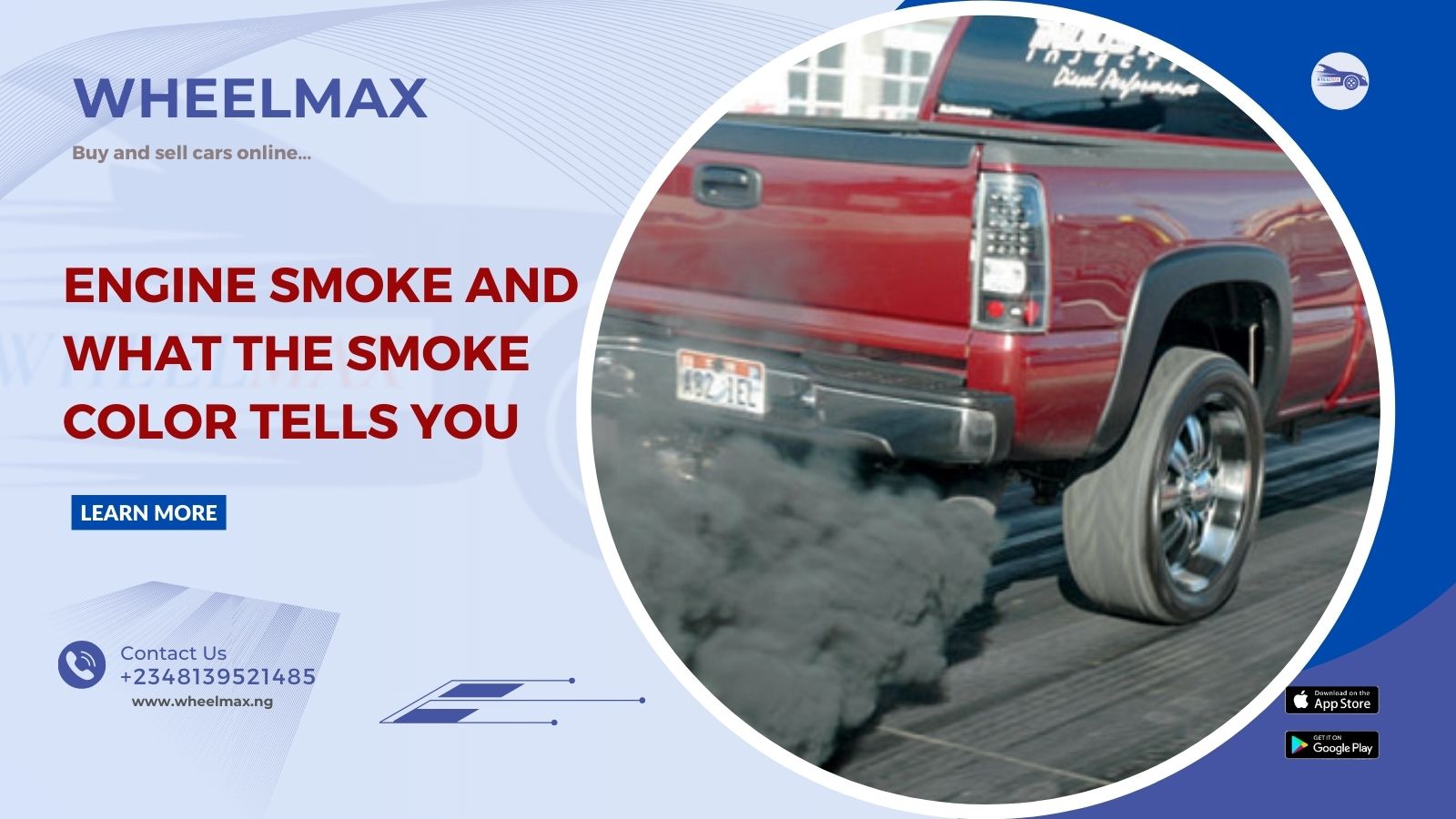Engine/Exhaust smoke: Decoding Engine Smoke Color and What to Do! Don't Be Blinded by the Smoke
Have you ever been cruising down the road and caught a glimpse of colored smoke billowing from your exhaust pipe? It can be a concerning sight, leaving you wondering what's brewing beneath the hood. Fear not, fellow motorist! Because while engine smoke isn't ideal, the color actually acts as a diagnostic tool, revealing potential issues. Let's delve into the world of engine smoke signals and explore what each hue might be trying to tell you, along with solutions to get your car breathing easy again.
- Burning Oil Blues (or Greys):
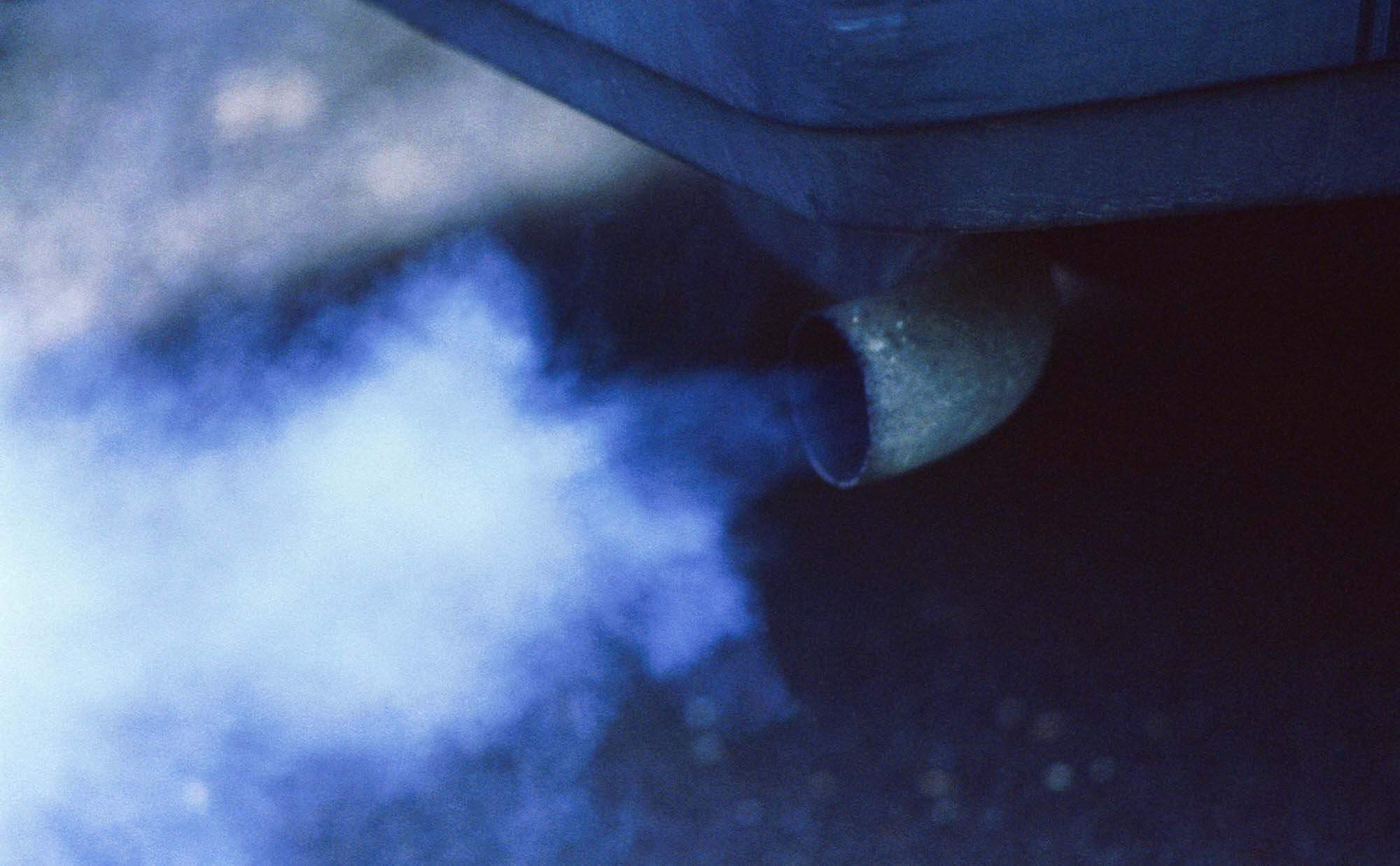
credit: Wikipedia
- The Smoke: A bluish or grayish tint to the exhaust fumes often indicates oil burning within the engine's combustion chamber. This shouldn't be happening!
- The Culprits: Worn piston rings, valve seals, or damaged cylinder walls are usually to blame. These components are responsible for keeping oil out of the combustion chamber, and when they fail, oil sneaks in and gets incinerated with the fuel, creating that signature smoke.
- The Remedy: Don't delay! While adding a high-viscosity oil or oil thickener might seem like a quick fix, it's a temporary solution at best. Consulting a mechanic is crucial. Depending on the severity, repairs could involve replacing piston rings, and valve seals, or even rebuilding the engine.
- Running Rich and Puffing Black:
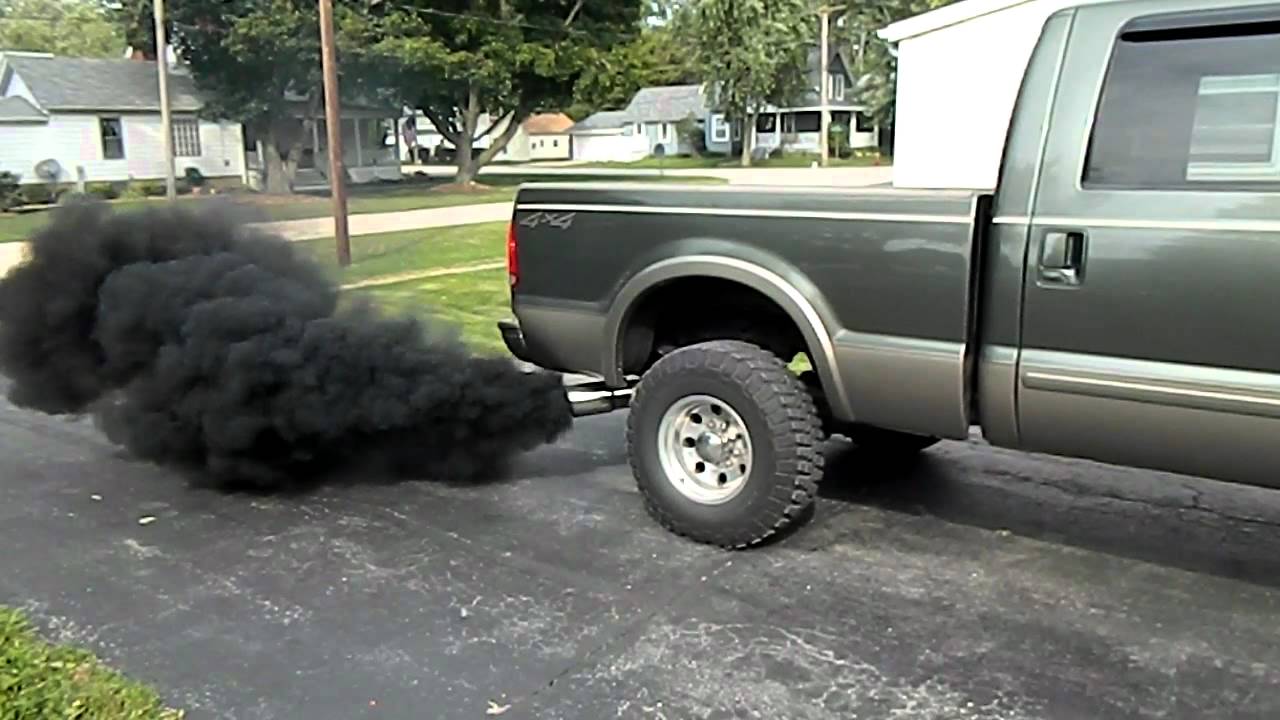
- The Smoke: Thick, black smoke spewing from your tailpipe signifies a "rich" fuel mixture – more fuel than air entering the engine.
- The Troublemakers: A clogged air filter, faulty fuel injector, malfunctioning oxygen sensor, or a problem with the fuel pressure regulator could be at fault. These issues disrupt the delicate air-fuel balance, leading to incomplete fuel combustion and that black smoke.
- The Cure: Start with the air filter. Replacing a clogged filter is a simple and inexpensive fix. If the issue persists, a mechanic can diagnose the culprit – be it a faulty sensor, injector, or fuel pressure regulator – and replace the necessary component.
- White Smoke: Chill or Warning Sign?
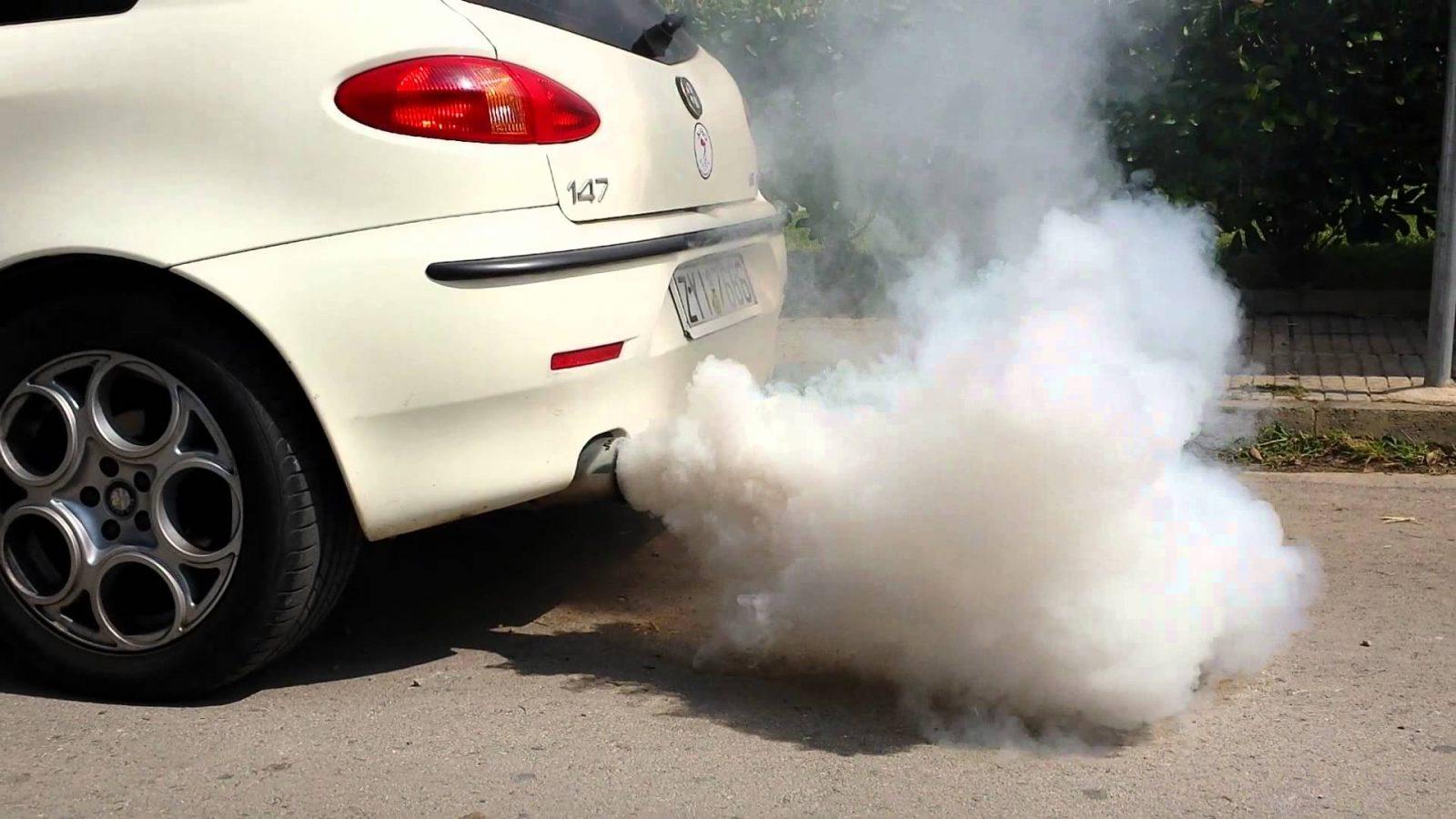
- The Smoke: White smoke can be a bit of a chameleon. During cold weather, short bursts of white smoke upon startup are normal. This is simply water vapor from condensation burning off in the exhaust system. However, thick, white smoke that lingers or has a sweet smell is a red flag.
- The Diagnosis: While the disappearing white puff is nothing to worry about, persistent white smoke indicates a coolant leak into the engine. Coolant is vital for regulating engine temperature, and its presence in the combustion chamber can lead to overheating and severe damage.
- The Fix: Don't ignore this one! If you see thick white smoke, pull over and let your engine cool completely before restarting. Take your car to a mechanic right away. They'll pinpoint the source of the coolant leak and repair it to prevent further problems.
- Fifty Shades of Smoke: Gray's the Culprit
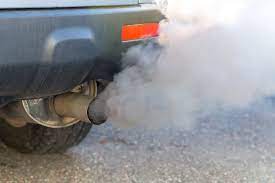
- The Smoke: Gray smoke is a combination of the bluish tinge of burning oil and the blackness of excessive fuel. It suggests a confluence of issues – worn engine components and a rich fuel mixture.
- The Solution: This smoky situation requires a two-pronged approach. A mechanic will likely recommend repairs to address worn engine components, similar to those needed for blue smoke. Additionally, they'll diagnose and fix the cause of the rich fuel mixture, potentially involving replacing a clogged air filter, faulty sensor, or injector.
Remember: Early detection is key! By recognizing the color of engine smoke and taking prompt action, you can nip potential problems in the bud and avoid costly repairs down the road. So, keep your eyes peeled (and maybe your nose – a sweet smell with white smoke is a bad sign!), and don't hesitate to seek professional help if you see colored smoke coming from your exhaust. Happy (and smoke-free) motoring!
